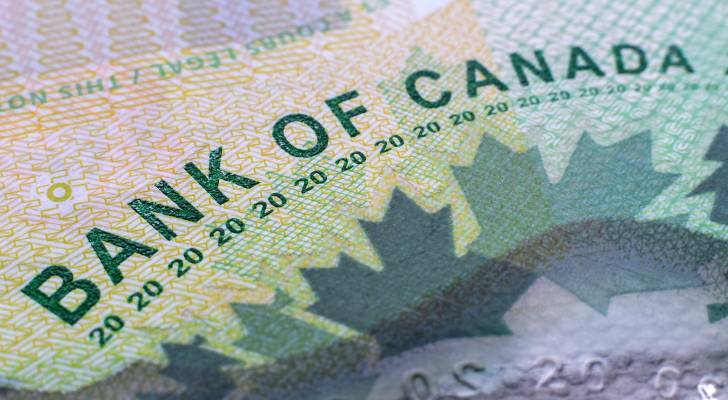
The Bank of Canada (BoC) announced the first rate drop of 2025 — with a 25 basis point rate cut to its overnight rate. The rate cut of 0.25% was announced on January 29, 2025, following a 50 basis point cut in December 2024. The BoC’s target rate now stands at 3.00% — pushing the bank prime rate to 5.20%.
This latest rate reduction reflects the ongoing economic uncertainty due, in part, to global unrest, the threat of trade wars and a sluggish domestic economy. For most Canadians, the real question is how this latest rate cut will affect their everyday living costs and those saving for a large purchase, such as buying a home.
1. Glimmer of hope for first-time homebuyers
Since March 2022, the BoC’s policy rate peaked at 5.00%, but a series of reductions, including this latest January 29, 2025 rate cut, means a gradual ease on the financial strain higher borrowing rates imposed on first-time homebuyers. Lower borrowing costs make mortgages more affordable and this helps to expand loan eligibility for renters looking to get into the property market.
For example, on a $500,000 variable-rate mortgage previously at 5.45%, monthly payments drop by approximately $72, totalling annual savings of over $864.
Bottom Line: Lower borrowing costs can fuel confidence and encourage potential homebuyers to re-enter the real estate market, but pent-up demand could mean a surge of buyers entering the spring selling market and this could drive home prices even higher.
2. Relief for variable-rate mortgage holders
Variable-rate mortgage holders should benefit almost immediately from the Bank of Canada rate drop, since the target rate directly influences the prime rate used by banks and mortgage lenders.
For instance, a $400,000 mortgage shifting from 5.45% to 5.20% reduces payments by approximately $52 per month, or $624 annually. Some lenders maintain fixed payments while allocating more toward principal repayment, helping reduce overall interest costs.
Bottom Line: Borrowers see either reduced payments or accelerated loan repayment, easing financial burdens.
3. Renewing mortgages still pose challenges
Canadians renewing fixed-rate mortgages from earlier lows (~2% in 2020) must adjust to higher rates. Despite rate cuts, renewal rates still hover near 5.2% to 5.5%, significantly higher than previous terms. Homeowners should use calculators to budget for higher payments and explore fixed or variable renewal options.
Bottom Line: Budgeting and proactive financial planning remain critical for mortgage renewers.
4. Reduced costs for large purchases
Borrowers seeking personal loans, auto loans, or lines of credit tied to the prime rate will see cost reductions. A typical $30,000 car loan with a variable APR tied to prime (previously 7.45%) now drops to 7.20%, saving borrowers $150 per year in interest.
Bottom Line: Cheaper financing could stimulate spending on big-ticket items, positively impacting economic activity.
5. Boost for businesses
Businesses benefit from easier access to lower-cost credit, aiding expansion efforts. Lower rates may also increase consumer spending, boosting demand for goods and services. Small businesses, which often rely on loans tied to prime, see reduced interest expenses, freeing resources for growth.
Bottom Line: Rate cuts promote business growth, potentially driving job creation and economic recovery.
6. More disposable income for Canadians
Reduced rates translate to lower debt-servicing costs for Canadians. Borrowers with outstanding variable loans or lines of credit tied to prime rates could see noticeable savings. For example, a $50,000 line of credit previously at 7.45% now drops to 7.20%, saving $125/year on interest.
Bottom Line: With more disposable income, Canadians can save, invest, or pay down debt faster.
7. Inflationary risks remain
While lower rates aim to stimulate economic growth, they may reignite inflationary pressures. Rising demand due to increased borrowing and spending could push prices higher. The BoC will closely monitor inflation metrics and adjust rates if needed.
Bottom Line: Canadians should stay vigilant about inflation’s potential impact on living costs.
Conclusion
With the January 2025 rate cut, the BoC continues efforts to boost economic recovery. Canadians should take advantage of lower borrowing costs while remaining mindful of potential risks.
This article 7 powerful ways the Bank of Canada’s rate cut could change your financial future originally appeared on Money.ca
This article provides information only and should not be construed as advice. It is provided without warranty of any kind.